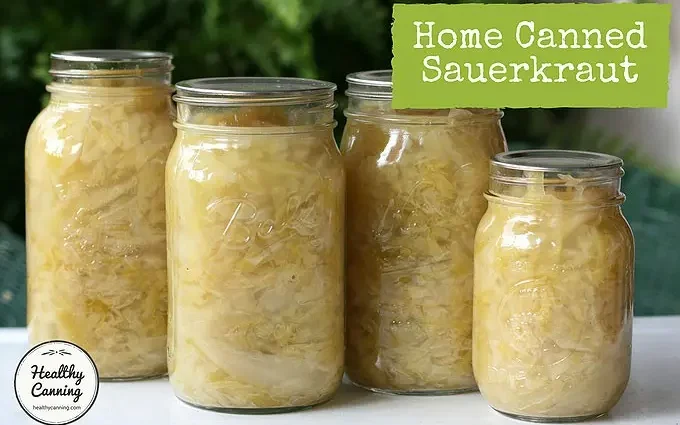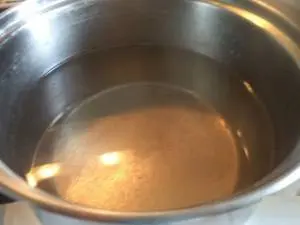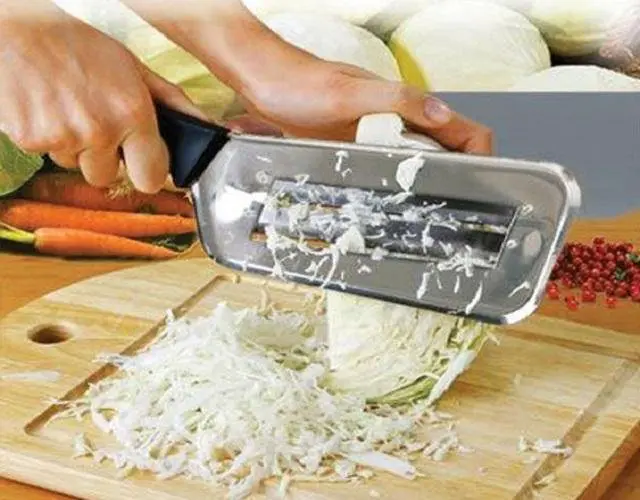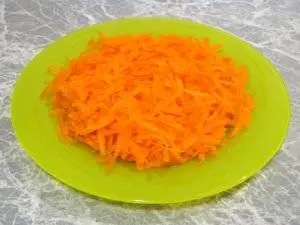Contents
Sauerkraut can be used as an independent dish, making delicious salads and vinaigrettes from it, as well as cabbage soup, vegetable stew, stewed cabbage, stuffing in pies. For fermentation, varieties of medium and late ripening are taken. As a rule, this vegetable is harvested in late October and early November. Such a blank can be stored for a year.
Housewives prepare cabbage in their own juice. But sauerkraut in brine is also unusually tasty. In addition, it can be prepared at any time of the year according to recipes in the bank. We offer you several recipes from which you can choose the most suitable for your family.
These secrets will help you
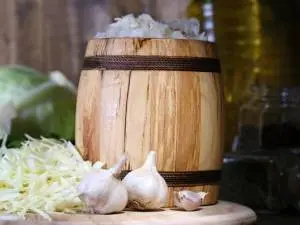
The fermentation technology is not a very complicated matter, but some nuances must be observed:
- When chopping forks, try to get thin straws. The finished dish not only looks elegant, but the taste will be excellent. Finely chopped cabbage crunches better.
- Choose elastic forks. When cut, the vegetable should be dull white.
- Do not use iodized salt to ferment vegetables. It makes the cabbage soft, gives an unpleasant aftertaste. Most likely, you will not want to eat such a preparation. Coarse, or as it is also called, rock salt is best suited.
- The acidity of the vegetable is achieved through salt. Put it in sauerkraut for as long as the recipe suggests. Experiments with this seasoning are inappropriate, especially if you are just learning how to make sauerkraut.
- The color depends on the size of the chopped carrots. The smaller it is, the more intensely the brine is stained.
- As for sugar, many housewives do not add it. But if you want to get pickled vegetables faster, then granulated sugar will help speed up the fermentation process.
Options for sauerkraut in brine
Fermentation recipes may vary in additional ingredients. But cabbage, carrots and salt are the main ingredients. Additives simply change the taste of the finished product.
Classic Edition
This is the easiest option that our grandmothers used. The ingredients are designed for a three-liter jar. Based on the proposed recipe, you can always experiment by introducing various spices, fruits, berries.
What products will we have to work with:
- with white cabbage – 2 kg;
- 1 or 2 carrots depending on size;
- lavrushka – 3 leaves;
- salt (without iodine) and granulated sugar – 60 grams each.
To prepare the brine, you need 1,5 liters of water.
How to sour
- Before starting work with vegetables, prepare the brine. Boil one and a half liters of water and cool to room temperature. Add sugar and salt, mix until the ingredients are completely dissolved.

- Remove the upper leaves from the heads of cabbage, cut off the damaged areas if necessary and cut out the stalk. You can chop a vegetable with any device: a regular knife, a shredder or a special knife with two blades for shredding.

With this tool, the same even straw is obtained. And the preparation of the vegetable is much faster. Still, two blades are not one.
- After washing and peeling the carrot, we rub it on a regular grater or for a Korean salad. The choice will depend on which sauerkraut you prefer. If with an orange tint, then work with a grater with large cells.

- We spread the cabbage in a large basin to make it more convenient to work. Add cabbage and just mix the contents. It is not necessary to knead until the juice appears.

- We shift the workpiece into a jar, shifting the layers with a bay leaf and tamp well. After that, fill it with brine. Sometimes it stays, depending on how you compacted the content. The main thing is that the brine should be on top of the cabbage.
- We cover the container with a clean cloth or gauze and put it in heat.
- A jar of sauerkraut in instant brine should be placed in a tray, as the juice will overflow during fermentation.

For fermentation in a warm room, three days is enough. So that the finished product does not taste bitter, we pierce the contents of the jar to the bottom with a sharp object.

Some novice hostesses write: “I’m sauerkraut, and the smell is spreading around the house.” This is a natural process: gases are released during fermentation. The resulting foam must also be removed. Cabbage prepared according to this recipe is stored under a nylon lid in the refrigerator.
Simple Recipe:
Pepper variant
To make sauerkraut tastier and more aromatic, we will ferment it with black and allspice peas in a three-liter jar. There are no complications in this quick recipe. The number of jars you use will depend on how many forks you have prepared.
The recipe for sauerkraut in brine suggests the presence of the following ingredients:
- white cabbage – a little more than two kilograms;
- carrots – 2 pieces;
- lavrushka – 3-4 leaves;
- black pepper – 8-10 peas;
- allspice – 4-5 peas;
- sprigs of dill with seeds.
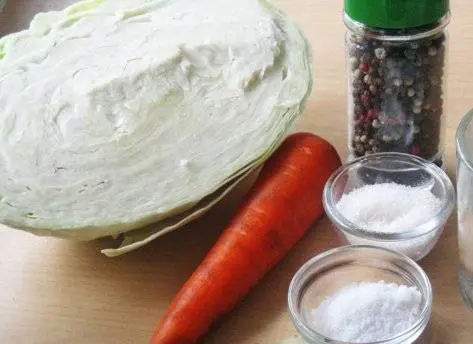
cooking recipe
Let’s start with the brine for the sauerkraut. Its composition and preparation is almost identical to the first recipe.
At the bottom of the jar we put dill, chopped cabbage, mixed (not grated!) With carrots, put it in layers in a jar, tamp it down. It is convenient to do this with a rolling pin. We “flavor” each row with peppercorns and bay leaves. The denser the chopped vegetables lie, the more brine will be required.

Fill with brine, leaving a distance on top in a jar of cabbage for raising the brine during fermentation. We cover with an ordinary metal lid and put in heat.
Cooking does not take much time, but in three days a delicious crispy sauerkraut recipe for the winter will be ready. You can cook cabbage soup, make salads, bake ruddy pies.
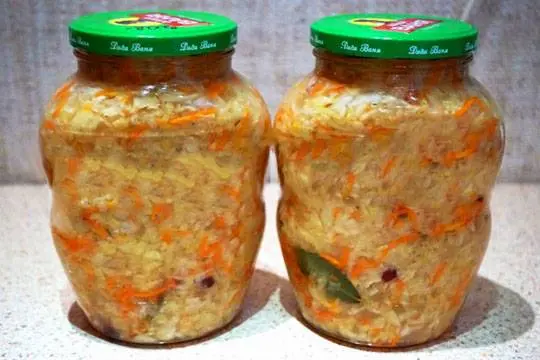
Instead of a conclusion
As you can see, making instant sauerkraut is easy. The main thing is that the work must be done with the mood. Then everything will work out. Your family will be provided with Siberian lemon and protected from diseases. Bon appetit to all.










